Maintaining a Zen-like space is about much more than style. It’s about cultivating a peaceful place where each object has a reason for being present, whether for its beauty, utility or both. Here are 10 ways to bring a peaceful, balanced feeling to your home.
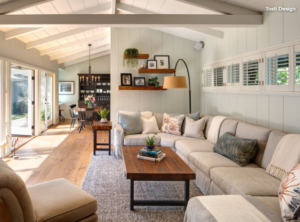 1. Clear Surfaces Daily
1. Clear Surfaces Daily
Clutter is visual distraction. Every time your eyes land on a stack of papers, a tangle of jewelry or a pile of laundry, some small part of your mind is at work thinking about dealing with said items. If you want a calmer experience at home, a good way to begin is by making it routine to clear all the surfaces in your house daily. When your eye can skim across clean, clear surfaces throughout your home, it also becomes easier to stay focused on the present moment.
2. De-Clutter and Get Organized
It’s one thing to clear surfaces; it’s quite another to completely declutter your home. But when you have taken the time to go through every closet, drawer and cupboard and whittle down your belongings to the ones you truly need, love or both, a weight lifts. Daily tasks that used to take forever are streamlined; lost items are quickly found; important dates are no longer missed.
3. Get Some Help if You Need It
Sometimes it’s best to admit you need help and let the pros do what they do best. Hire a professional organizer to help clear that clutter, a decorator to help you tap into your style and get your home looking and feeling just the way you want, or an architect to redesign your space.
4. Incorporate the Five Elements
Don’t stop with potted plants — to really embrace nature in your home, make sure all five elements are represented. They are: water (images of water, a fountain, flowers in a bowl of water), earth (stone, plants), fire (candles, incense, fireplace), metal (furniture, tools) and wood (furniture, beams).

5. Keep Floors as Clear as PossibleSimilar to keeping surfaces clear (see item No. 1), having clean, clear floors is a way to streamline your life and keep your attention on the here and now. If piles of things tend to accumulate on your floors, perhaps it’s because there isn’t a better place for them — if that’s the case, make a home for these items so you won’t be tripping over them anymore. As for the floors themselves, keeping them fresh, clean, and dust free makes for a more pleasant space and helps improve indoor air quality.
6. Use Fewer But More Meaningful Decorations
Instead of binging on inexpensive finds, aim to reduce your decor items to include only the ones that you truly love and that hold meaning for you. A few beautiful objects carefully displayed can be so inspiring — reducing allows you to appreciate what you have even more.
7. Soften Your Lighting
Learn to appreciate natural light and use it more. Even when the light starts to fade in the evening, consider sometimes lighting candles instead of flicking on the overheads. And speaking of overheads, if you haven’t done so yet, swap out all of your regular light switches for dimmers — it makes a world of difference to be able to control the glow.
8. Pay Attention to Texture
Do the objects in your home thrill your senses? Consider this as you declutter and whenever you are considering a new purchase. Think of how lovely a chunky, hand-thrown pottery mug feels in the hand versus a machine-made version. Natural materials have some of the best textures — bring more rough jute, nubby linen, cracked old leather, pure silk and raw wood into your home.
9. Use Natural Scents
Have you ever noticed that some of the most beautiful, inspiring shops usually also smell amazing? Or how just the first whiff of aromatherapy oils in a massage therapist’s office instantly puts you at ease? What you smell can have a surprisingly strong effect on how you feel. Create a purifying, calming atmosphere in your home by eschewing artificial fragrances and choosing natural scents like those from beeswax candles, essential oils, natural cleaning products and fresh garden flowers instead.
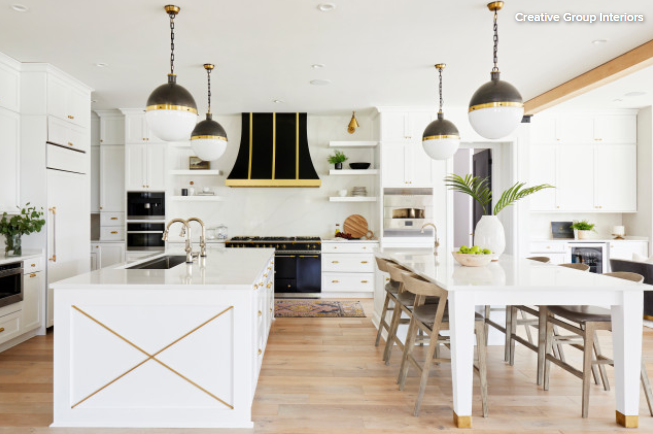
10. Use Everyday Reminders
In meditation practice sometimes a bell is used as a reminder to refocus your attention on the here and now. Create a list of some things you do multiple times each day, and pick one of them to use as your own version of a meditation bell. It could be anything, as long as it’s something you do often — adjust the window shades, wash your hands, pour a glass of water, check your email. Whenever you find yourself about to do that thing, take a moment to stop, breathe and simply be present.
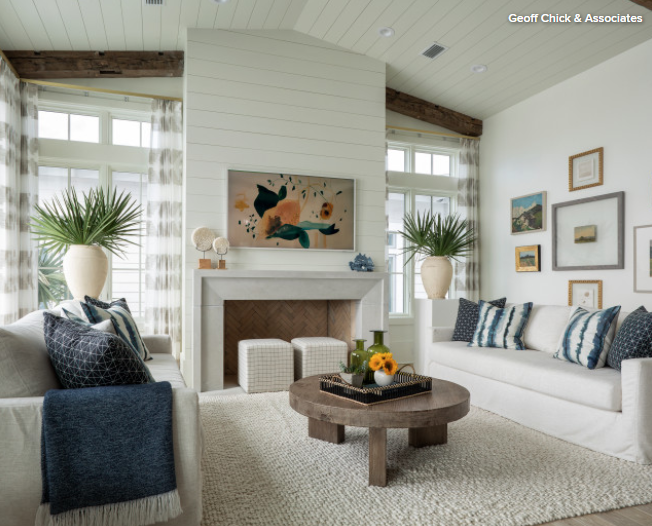


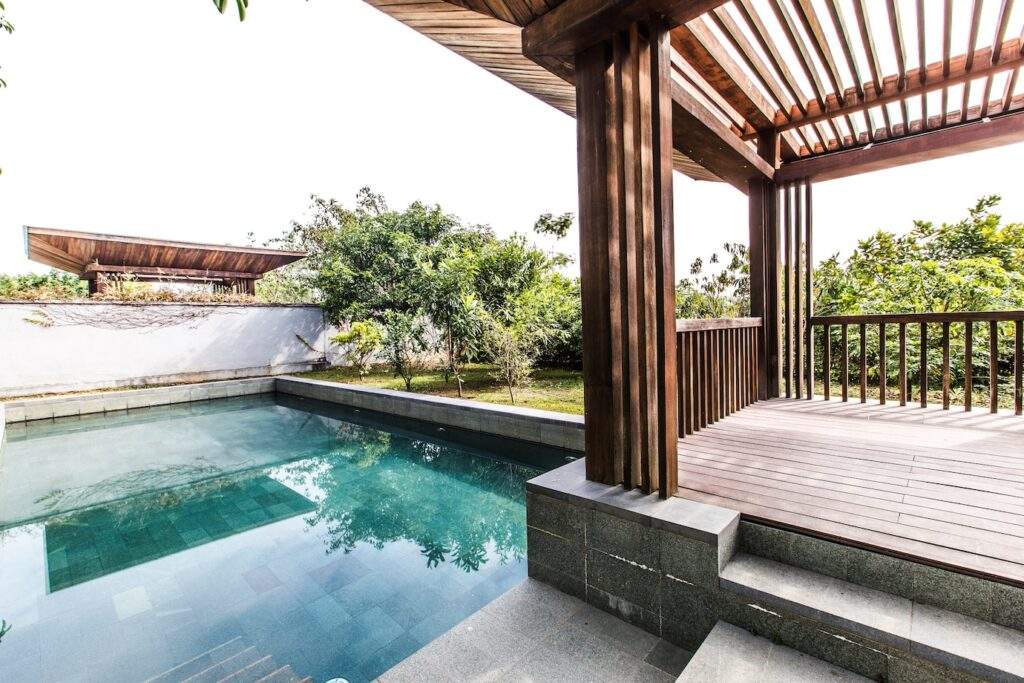

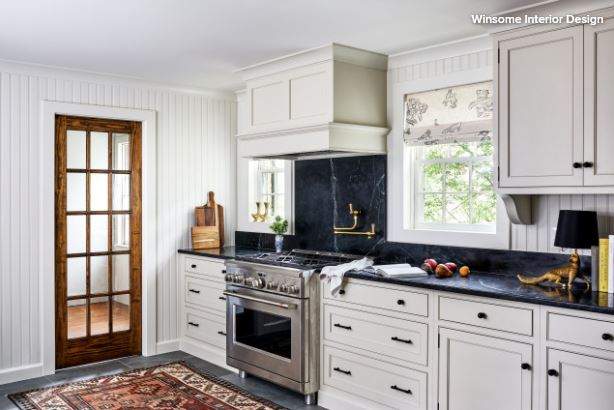
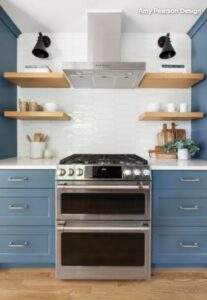 1. Remove Knobs for a Complete Clean
1. Remove Knobs for a Complete Clean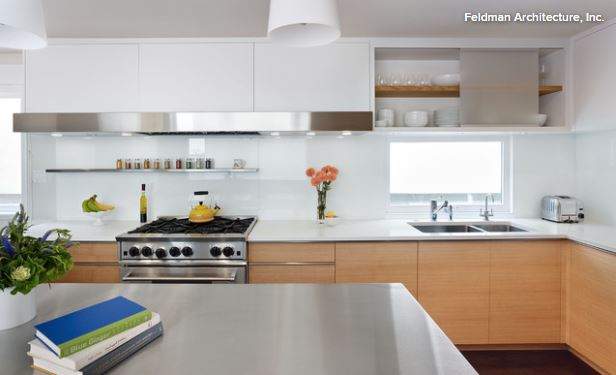
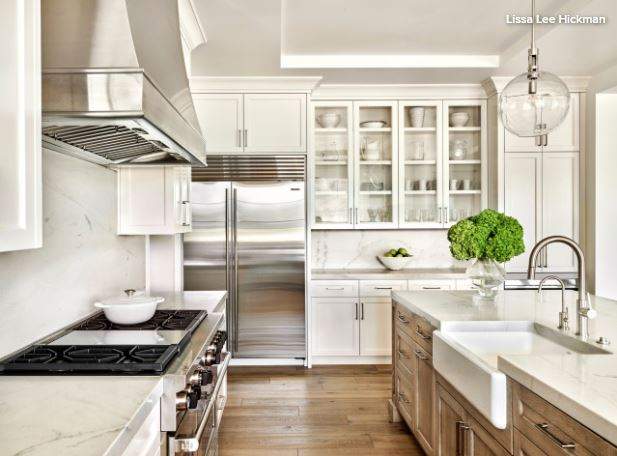
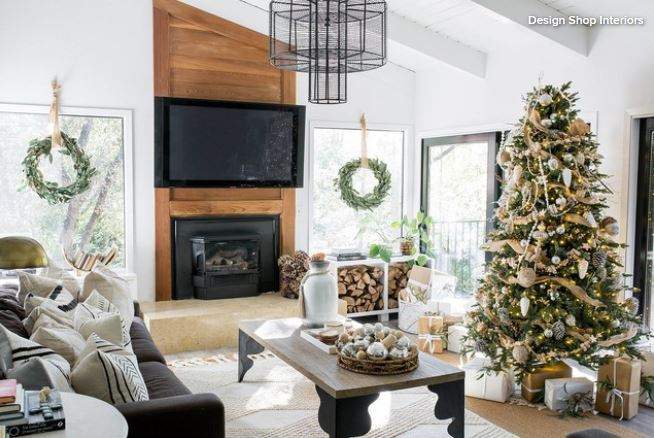
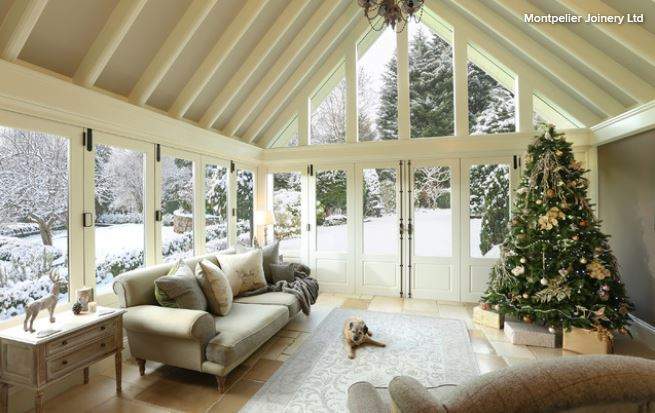 Get the Tree in Water Immediately
Get the Tree in Water Immediately Keep the Tree Cool
Keep the Tree Cool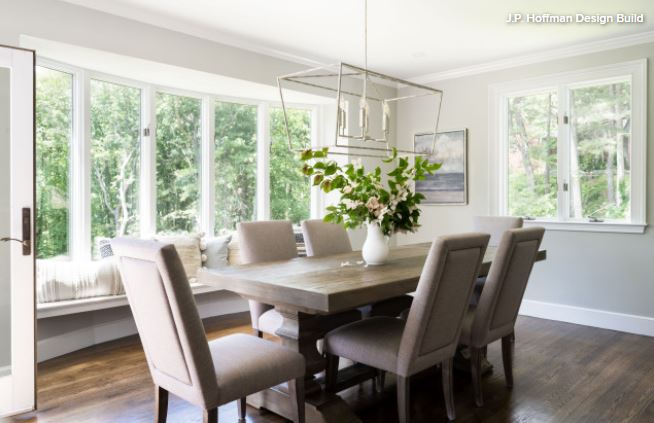
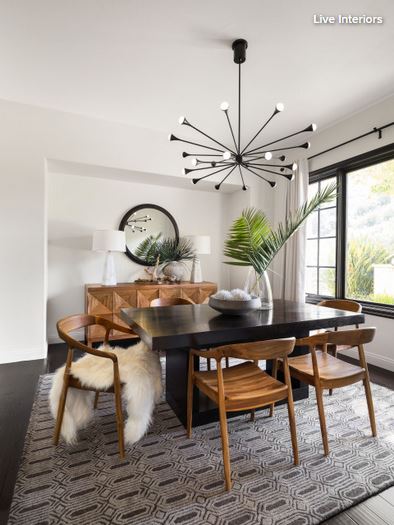 10. In Contrast
10. In Contrast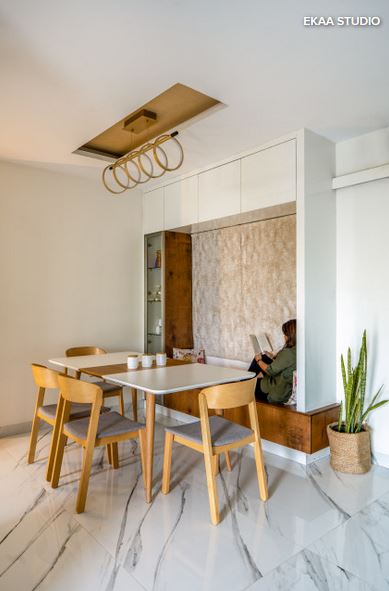
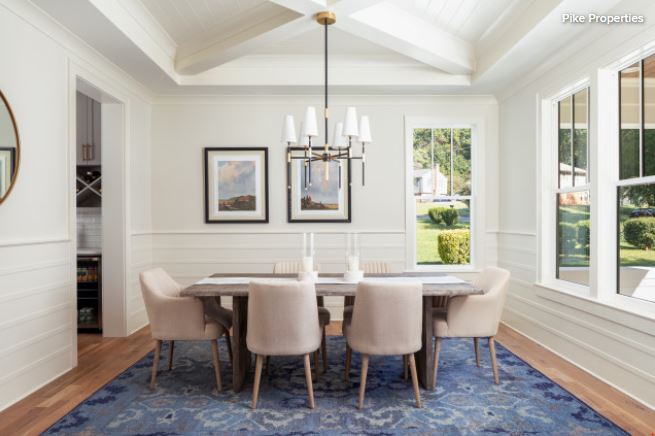
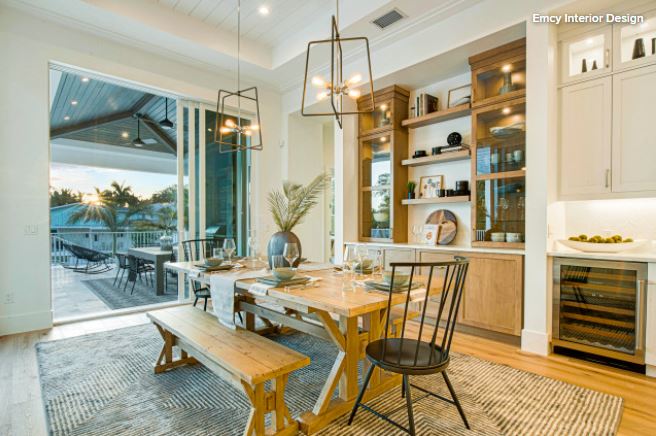
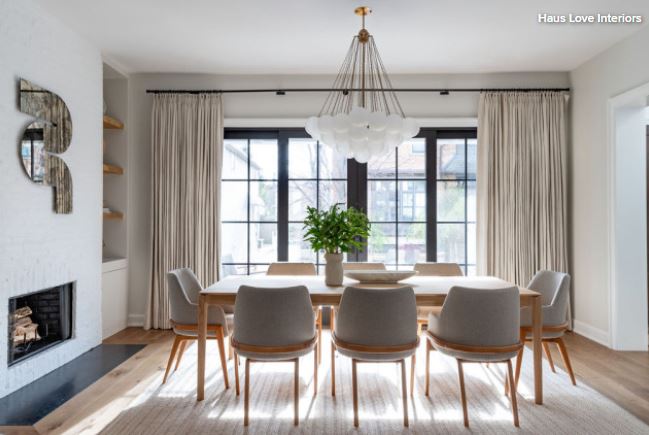
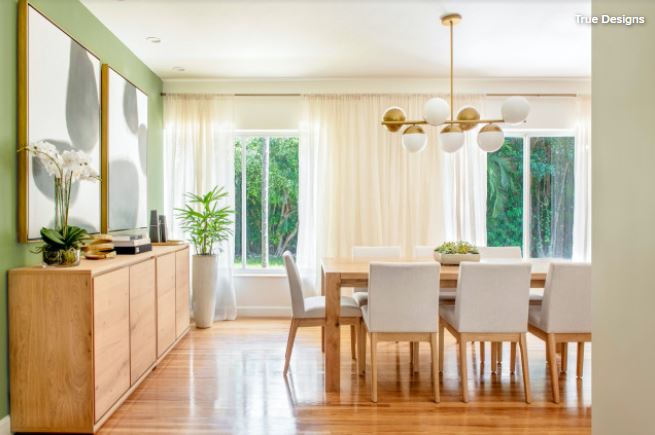

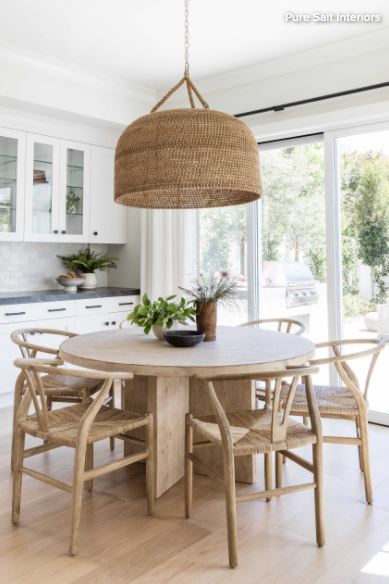
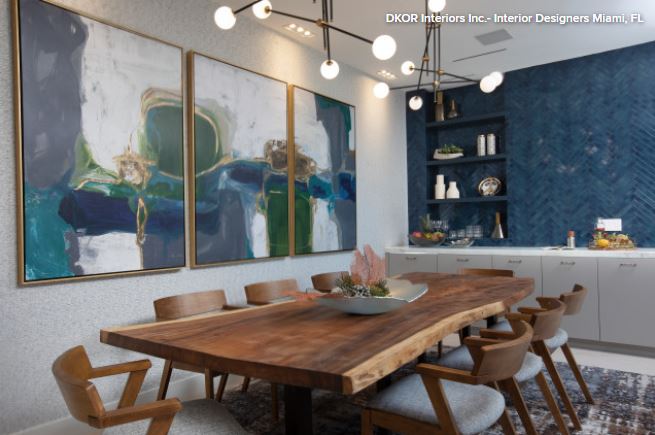
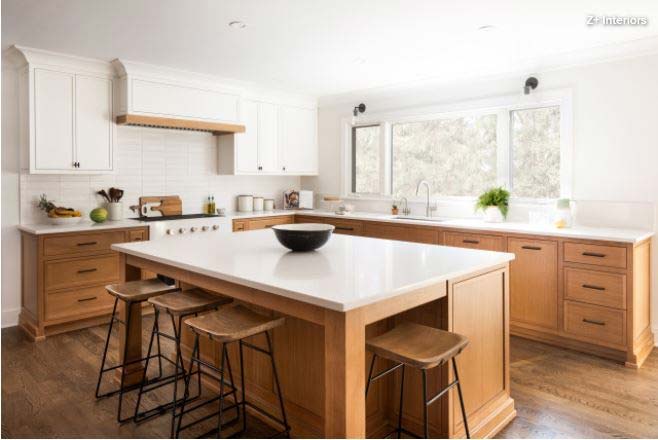


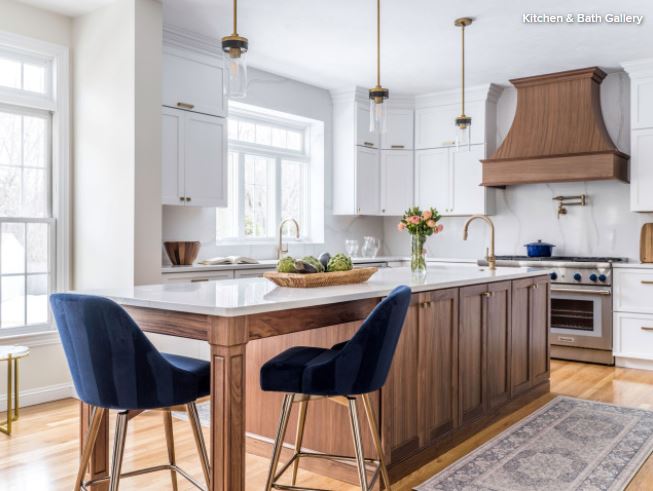
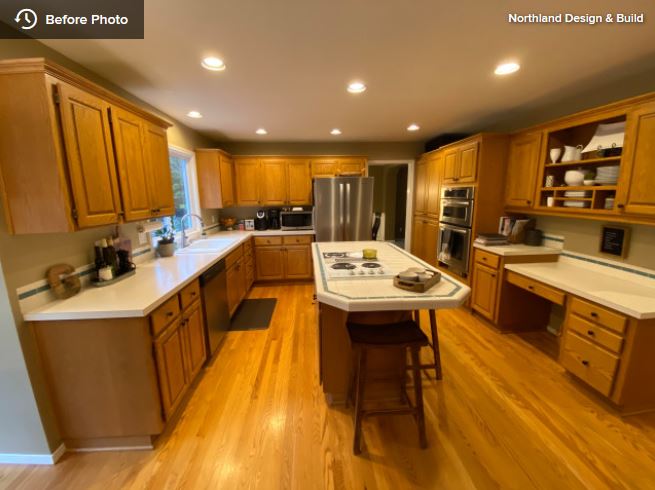
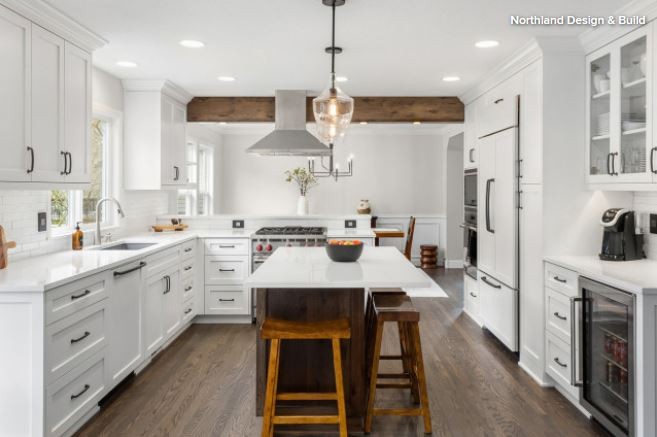
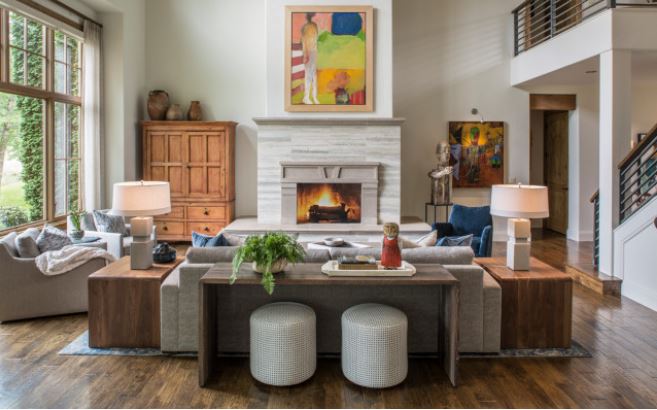
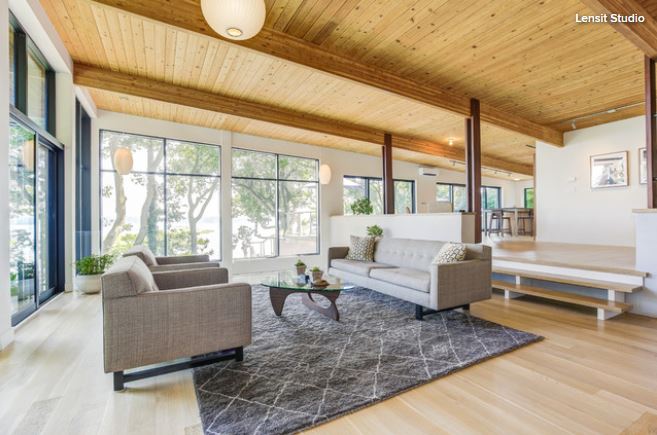

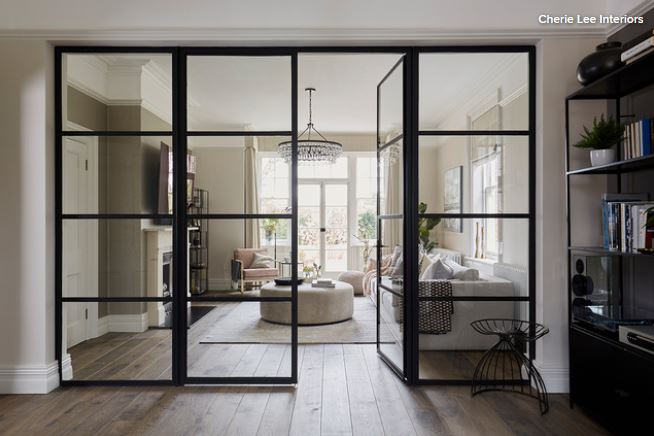
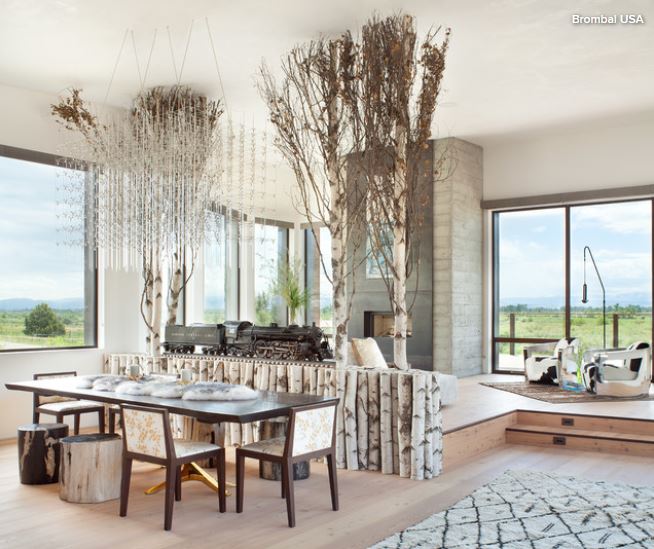
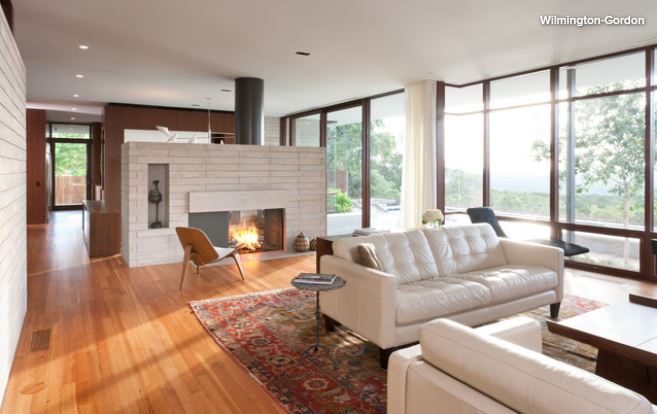
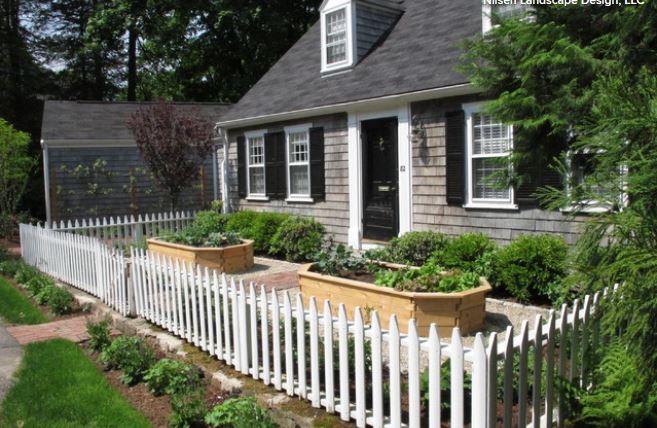
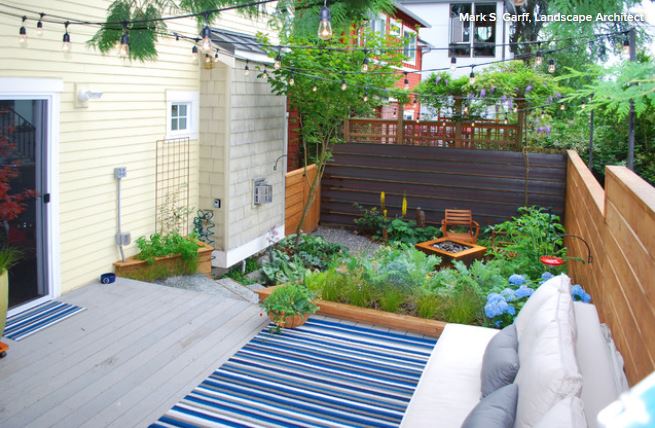
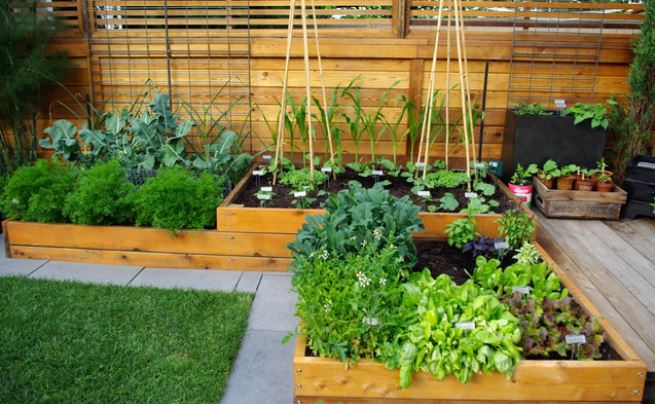 9. Vertical Veggies
9. Vertical Veggies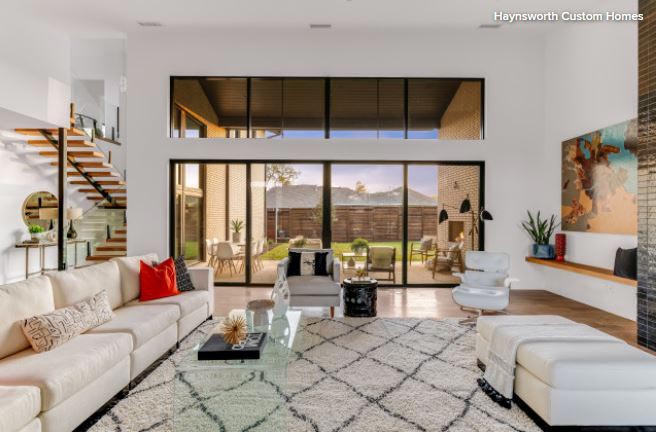


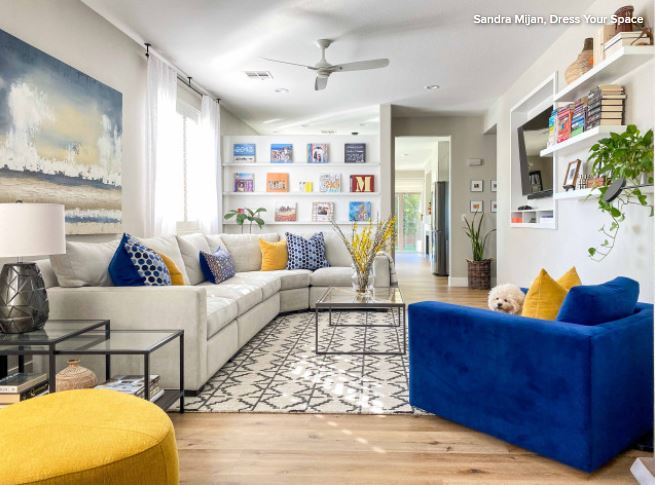

I love the idea of using an open bookcase to separate areas because it serves double duty: division and storage. Be cautious how you dress the shelves, though. I highly recommend that you do not stuff your bookcase to the gills. Leave some open space to allow brightness to filter through and highlight the objects.
Also, choose a high-quality, sturdy unit. This is not a piece to skimp on because you do not want this unit to tip over. You should always anchor and secure a freestanding unit that you’re using between spaces. Or, as in the example shown here, the bookcase unit is attached to the ceiling above and a pony wall below, ensuring it stays in place.
You could also consider a solid bookcase, which will create a more definitive separation. In that option, you could place two bookcases back to back, so you have storage on both sides or hang art on the back of one bookcase.